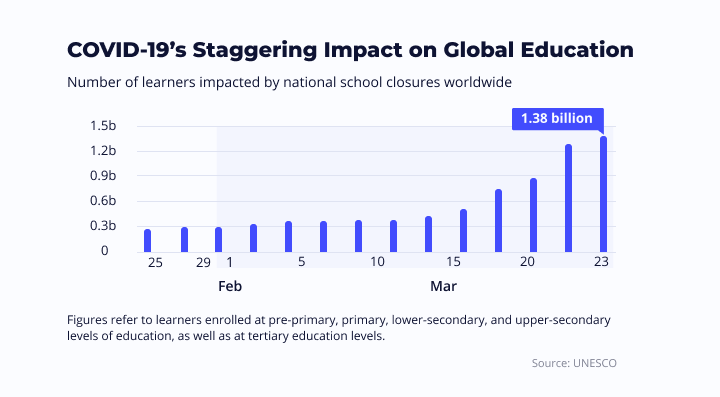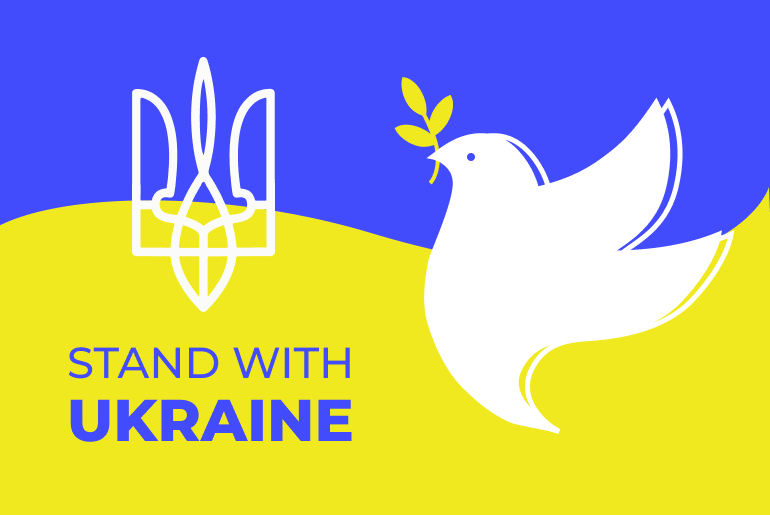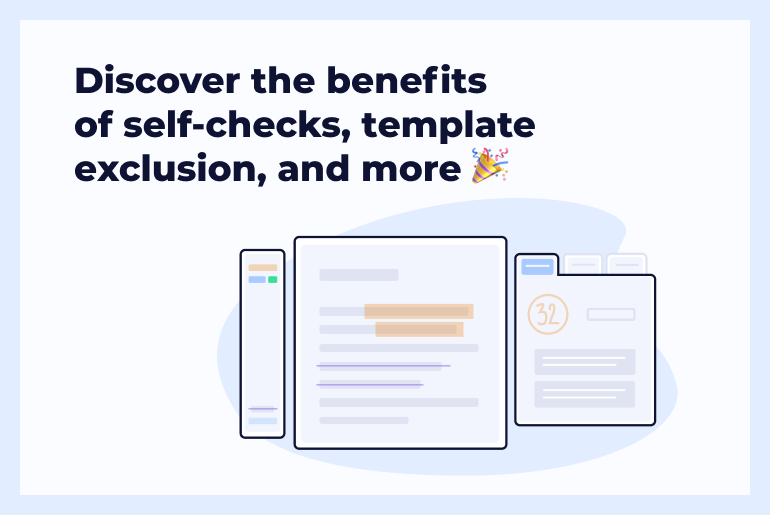High schools, colleges and universities alike are slowly being allowed to reopen. While educators have previously been struggling with making the switch to online classes, now they’re trying to answer tougher questions involving schools reopening amid pandemic.
When exactly should schools reopen? Should they open to all students, or only those who need to use school facilities for their learning? And of course, the question of what safety measures need to be put in place. The answers to these questions can’t be taken lightly, as they’ll affect at least 1.4 billion students worldwide.

As the fall semester approaches, institutions don’t just have to worry about their returning students, they’ll also need to prepare for those who can’t come back.
Travel restrictions are still enforced in some places, which means that only some students will be able to physically attend face-to-face classes, while others may still need to rely on online learning. These extra hurdles pose an even bigger risk: the danger of students dropping out entirely and terminating their education because it had become too challenging to pursue.
To overcome these challenges, institutions will have to figure out answers to essential questions surrounding their reopening. Then, they’ll need to take a long, hard look at how they structure their programs to fit this new reality. Finally, educators and administrators must rethink the examination and assessment processes that they currently rely on.
The Barriers to Reopening Schools
First and foremost, academic institutions need to figure out how to cater to both students on campus and those learning online. Up until this point, most schools, colleges, and universities have been closed all around the world. Yet, these closures can’t continue indefinitely, as students risk falling too far behind in their learning. Thankfully, most governments are already working on plans to reopen their schools and prepare students for the “new normal”.
The problem here is that helping schools reopen isn’t as straightforward as some may think. Some of the biggest obstacles to reopening schools include concerns about:
- the public health risk,
- how schooling contributes to economic activity, and
- the impact that reopening will have on their students’ development.
When schools were first making the switch to online classes during a lockdown, their main concerns revolved around teaching and learning online. With schools reopening amid pandemic, now they need to figure out if they’ll stay online, resume regular classes, or somehow implement a hybrid of both.
When it comes to school closures, Sweden is one of a few countries that had chosen a different approach. The country kept schools for children under 16 open and made student attendance compulsory. However, they’ve done so very carefully by implementing safety measures like social distancing and emphasizing the importance of hygiene. Additionally, school leaders had been given more decision-making powers. Principals could implement their own changes in scheduling and how their students were assessed to fit the new normal. This approach of keeping primary schools open seems to be part of the broader strategy in Sweden, which has avoided the same lockdowns seen in most other countries.
Considering the Emotional Challenges of Online Learning
While that strategy may be working well for educators in Sweden, those in other countries may not face the same working conditions. Educators at gradually reopening institutions are now searching for coping strategies to adjust either to fully online learning or blended learning arrangements. There’s still a lot of uncertainty in the air, and there’s real possibility of a fall semester without any face-to-face classes at all.
Despite the plenty that’s been said about how college campuses should respond to coronavirus academically, sadly, it’s the human and emotional sides of this issue that probably needs more attention. A large portion of the learning process relies on the interactions between students and their teachers. As many have learned by now, making the switch to online classes significantly impacts the dynamics of those interactions. For example, teachers at home find themselves working much longer than they usually would, just so each of their students can receive enough personal attention. This makes it tougher for teachers to separate their personal lives from their work, potentially causing them to burn out. Students, on the other hand, often have to cope with loneliness, as they’re not able to spend face-to-face time with their teachers or even their classmates.
Online learning can offer massive value to students, so long as it’s done correctly. For that to happen, teachers must learn to support other teachers through this pandemic. By supporting each other with resources and ideas, teachers can ensure that any learning gaps are filled, and students receive the best teaching possible.
Aside from forming support groups, teachers have also been gathering useful materials for each other to use like this crowdsourced collection of resources.
Rethinking the Examination Process
Still, the teaching and learning process isn’t the only concern now as schools switch to online classes in the middle of the pandemic. It’s also evident that the ways students are assessed need to evolve. Institutions are responding to this assessment issue in a handful of different ways. Some schools have opted to postpone their examinations indefinitely. Others are continuing as scheduled, but following a modified format.
In the UK, for instance, 280 final-year medical students at Imperial College London have recently taken their final exams online. The modifications? They were allowed to take the exam remotely following an open-book format, despite concerns about students engaging in academic dishonesty.
Some Final Thoughts
For students and educators alike, it’s useful to remember this quote: “Success leaves clues”. The fact that all levels of academia are facing the same challenges right now is actually a blessing in disguise. Many institutions are leading by example through experimenting with different approaches, and that allows others to learn from them and pick the best solutions for themselves.
There are excellent examples all over, like in the California State University System. San José State and Cal State Fullerton, in particular, have been thinking seriously about conducting their fall semester virtually. Southern New Hampshire University, on the other hand, is considering three different modalities for their upcoming semester: either fully online, partially online or purely project-based learning. There is no perfect answer, as each approach will challenge the operations of institutions in different ways.
In the meantime, educators and institutions must remember that making the switch to online classes was only the beginning. Now, more than ever, there must also be a concern for students’ and teachers’ emotional wellbeing and a willingness to adapt assessment methods. Most importantly, educators must step up and help fellow educators through these challenges.
To stay up-to-date with these and other topics affecting educators worldwide, sign up for the Unicheck blog.





